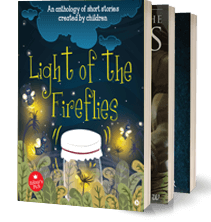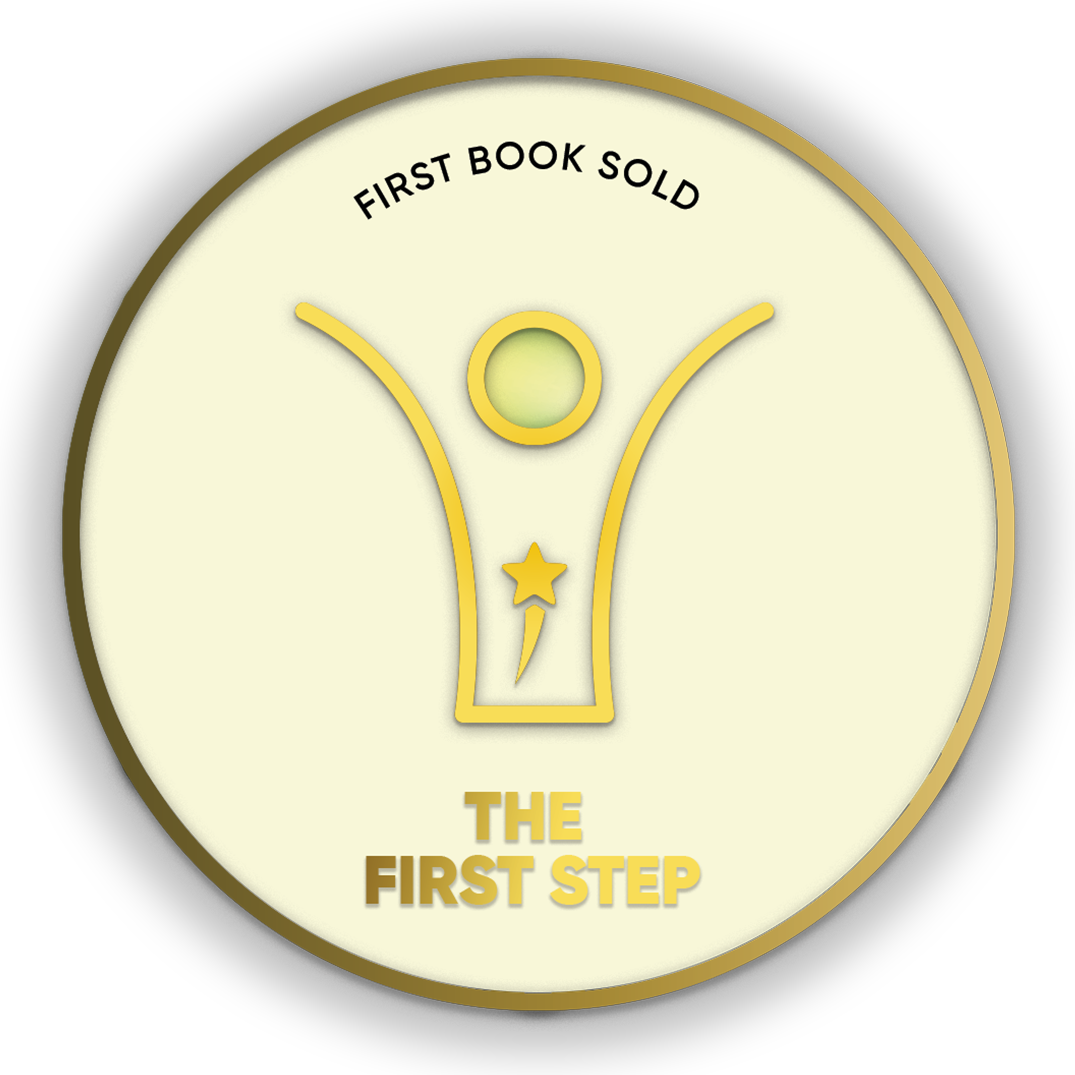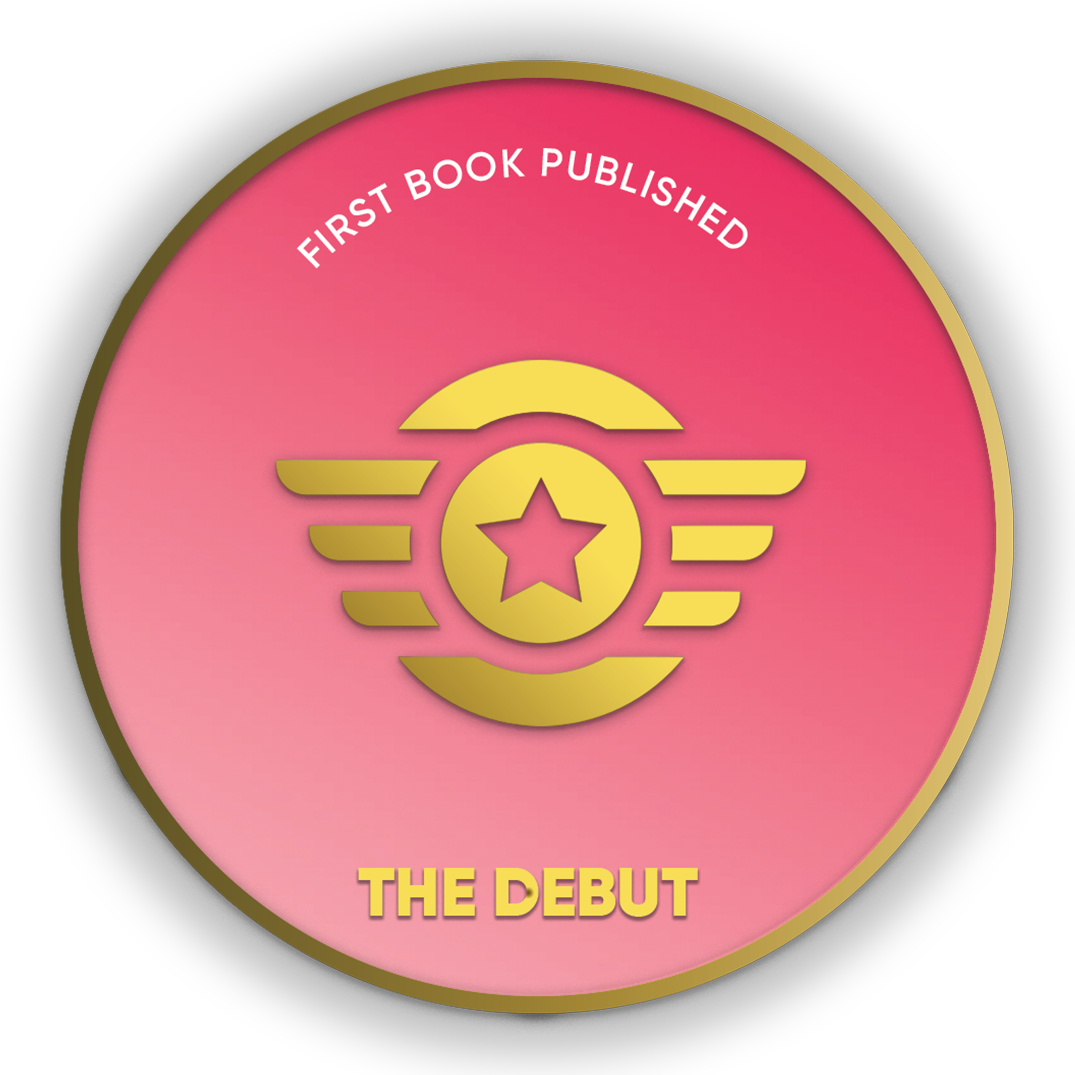
- Discover books
- For Writers
-
For Writers
-
Indie Author Championship
-
Challenges
Writing Contests
- Get Started

"It was a wonderful experience interacting with you and appreciate the way you have planned and executed the whole publication process within the agreed timelines.”
Subrat SaurabhAuthor of Kuch Woh Pal -
Bangalore Little theatre
Vijay Padaki is a Theatre Educator based in Bangalore. He has worn two caps all his life with equal facility. He has been active in the theatre for over sixty years. He has been a management professional for over forty-five years. Vijay joined Bangalore Little Theatre in 1960, the year of its inception, and later served the company in many capacities – as actor, director, trainer, writer, designer and administrator. In 2008, Bangalore Little Theatre Foundation was restructured as a Public Charitable Trust. It was done with the purpose of reinforcing the organisation’s commitment to social Read More...
Vijay Padaki is a Theatre Educator based in Bangalore. He has worn two caps all his life with equal facility. He has been active in the theatre for over sixty years. He has been a management professional for over forty-five years.
Vijay joined Bangalore Little Theatre in 1960, the year of its inception, and later served the company in many capacities – as actor, director, trainer, writer, designer and administrator. In 2008, Bangalore Little Theatre Foundation was restructured as a Public Charitable Trust. It was done with the purpose of reinforcing the organisation’s commitment to social development goals beyond performance. The Trust requested Vijay to provide the leadership to a newly-created Academy of Theatre Arts in its formative years.
Read Less...Crop your profile image

Volume 10: Tribute Plays
Books by Bangalore Little Theatre
Since 1988, the Summer Project on Theatre (SPOT) has been a key player in promoting Theatre Appreciation every summer. It runs for 12-14 weeks, featuring Sunday training sessions and weekday production work. SPOT has been pivotal in nurturing Bangalore's theatre talent, with many artists starting their careers here.
Initially, SPOT explored different theatrical styles, leading to performances honoring famous authors. These shows included ensemble acting
Since 1988, the Summer Project on Theatre (SPOT) has been a key player in promoting Theatre Appreciation every summer. It runs for 12-14 weeks, featuring Sunday training sessions and weekday production work. SPOT has been pivotal in nurturing Bangalore's theatre talent, with many artists starting their careers here.
Initially, SPOT explored different theatrical styles, leading to performances honoring famous authors. These shows included ensemble acting, detailed narrations about the authors' lives, and scenes from their works. The performance served as a heartfelt homage to the author, seamlessly aligning with the objective of fostering Theatre Appreciation. The selected excerpts resonated with the workshop participants, reflecting their collective interests. Other performing groups utilizing these Tribute Plays might opt for different excerpts, showcasing the versatility of the material.
This volume comprises scripts developed through workshop sessions, tailored for genre-author explorations. It features plays centered around the lives and works of esteemed figures such as Federico Garcia Lorca, Eugene lonesco, Molière (Jean-Baptiste Poquelin), August Strindberg, and Rabindranath Tagore.
Volume 9: Plays in Education
Books by Bangalore Little Theatre
What is Theatre-in-Education? The totality of the field of TIE is explained in the Preface to this Volume. Contrary to popular perception TIE is not limited to just "enactment" or performance of plays. It will be seen that performances are one part of the totality. TYA (performances for students) can be a part of TIE too, but as just one component. Theatre techniques have been applied over the years in many other spheres. One of the earliest areas of applicati
What is Theatre-in-Education? The totality of the field of TIE is explained in the Preface to this Volume. Contrary to popular perception TIE is not limited to just "enactment" or performance of plays. It will be seen that performances are one part of the totality. TYA (performances for students) can be a part of TIE too, but as just one component. Theatre techniques have been applied over the years in many other spheres. One of the earliest areas of application has been education. Theatre-in-Education is the use of theatre/drama techniques to aid the learning process. Its function is primarily pedagogic. TIE is aligned to the philosophy of education that upholds child-centered learning. The emphasis on doing things first makes it heavily experiential in nature. TIE aims to incorporate theatre and drama activities in curriculum subjects that the students are examining in their classes.
The TIE programme in Bangalore Little Theatre has had a specialized interest in Environment-Sustainability Education. The plays included in Volume 9 reflect the emphasis. A special feature of the Volume is an entire collection of short plays based on Folk Tales gathered from all parts of India. The plays are meant for classroom use and to enhance curricular learning.
Volume 8: More Children’s Theatre
Books by Vijay Padaki
Beginning with a one-off production in 1966, The Ungrateful Man, there was a steady build-up of projects and activities in Bangalore Little Theatre to comprise a full-fledged programme thrust committed to schools and young audiences. The five plays in Volume 8 bring us to the year 2021 in the Children's Theatre programme. Volume 3 was the first compilation of Children's Theatre plays. The two Volumes include only the plays presented as performances in the prog
Beginning with a one-off production in 1966, The Ungrateful Man, there was a steady build-up of projects and activities in Bangalore Little Theatre to comprise a full-fledged programme thrust committed to schools and young audiences. The five plays in Volume 8 bring us to the year 2021 in the Children's Theatre programme. Volume 3 was the first compilation of Children's Theatre plays. The two Volumes include only the plays presented as performances in the programme series. They do not reveal a lot else done in parallel in reaching schools. There are also the plays developed specifically for the Theatre-in-Education programme. We will see some of that work in Volume 9.
The plays in this Volume, and A Bellyful of Paradise in particular, reiterate BLT's position that children are capable of far higher levels of comprehension than we care to recognize. (Indeed, they have often absorbed play scripts that went over the heads of adult audiences.) Children's Theatre is too often equated with fun and froth on stage, dumbing down the storyline, and actors talking down to the children. It need not be so. Going by the credo of Theatre for Young Audiences (TYA) it must not be so. The plays by BLT are designed to tour schools. They include schools in rural areas and schools reaching underprivileged communities. The response of the children to the plays is the greatest testimony to what we have set out to do in Children's Theatre.
Volume 7: Short Plays and Sketches
Books by Vijay Padaki
The principle of economy of force applies even at the stage of conceiving a play. Many good ideas can be put across on the stage in a short play or a one-act play. They need not be put on the rack and stretched to a full length script. (It is cruelty to the audience.) This is the reason so many full length plays in English in India are bright and attractive in the first half an hour and run out of steam after the intermission. Not surprisingly many movie scrip
The principle of economy of force applies even at the stage of conceiving a play. Many good ideas can be put across on the stage in a short play or a one-act play. They need not be put on the rack and stretched to a full length script. (It is cruelty to the audience.) This is the reason so many full length plays in English in India are bright and attractive in the first half an hour and run out of steam after the intermission. Not surprisingly many movie scripts are the same.
We have avoided the label 'one-act plays, preferring to call this compilation short plays. One-act plays had a historical context in the West, and served that context well. The context is different today, especially in countries like India where the 'ecosystem' of theatre performances makes its own demands on the performers. The short play has a legitimate place here. A one-act play will qualify as a short play, but not all short plays are one-act plays. And then there are the sketches. How does one define a sketch? Theatre folks have not found a satisfactory definition yet! The last sketch in this Volume, Ringaling, has no spoken word. It is done entirely with moves and sound effects - a wide variety of ring tones of mobile phones.

Are you sure you want to close this?
You might lose all unsaved changes.
Select from one of our global stores to continue
 India
India
 Malaysia
Malaysia
 Singapore
Singapore
 UAE
UAE
Warning Message
The items in your Cart will be deleted, click ok to proceed.













